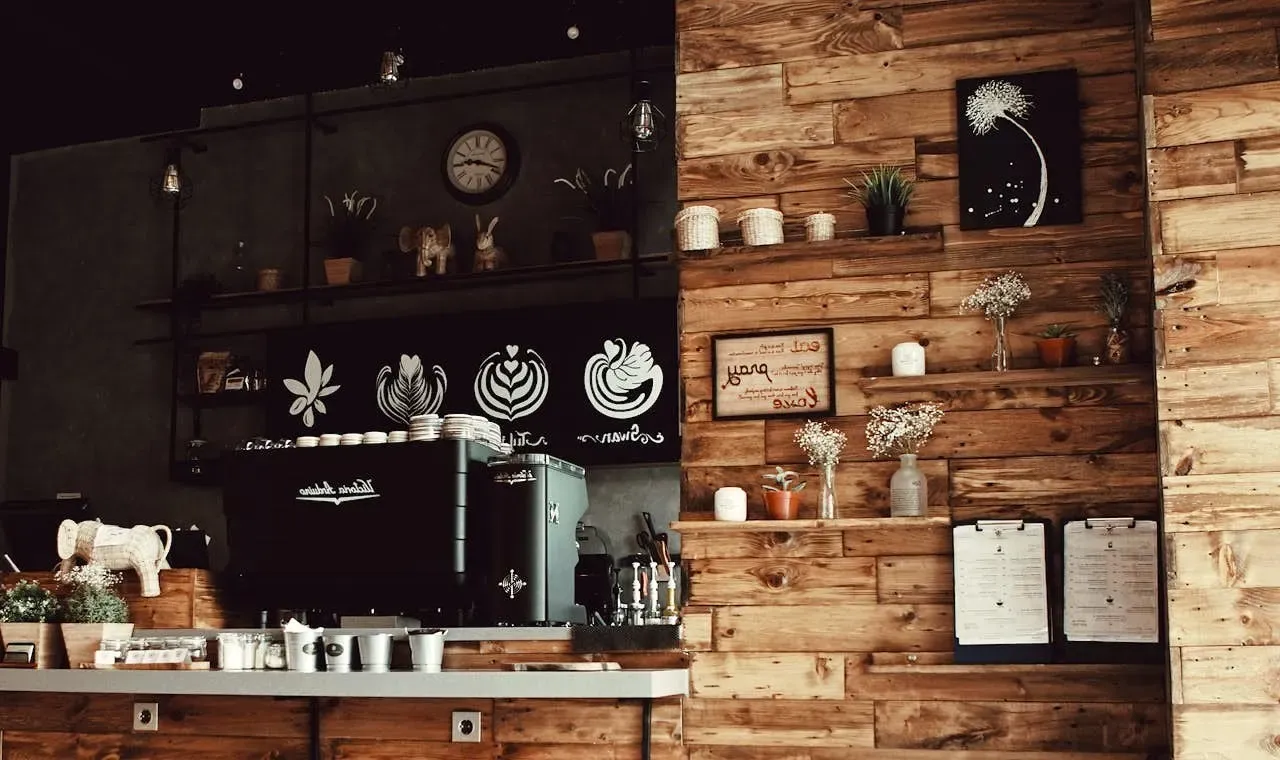From Exploitation to Empowerment: A Bangladesh Garment Factory’s Turnaround
- 01 Mar, 2025
Bangladesh’s garment industry, long criticized for unsafe conditions and worker exploitation, found an unlikely hero in StitchCraft Collective—a Dhaka-based factory that rewrote the rulebook by putting people and planet before profit. This is the story of how a once-struggling workshop became a beacon of ethical fashion.
The Breaking Point: A Catalyst for Change
In 2015, Ayesha Rahman and Fatima Khan, two seamstresses with decades of experience, walked out of a factory after a near-fatal boiler explosion exposed systemic negligence. “We were paid pennies, worked 14-hour shifts, and treated like machines,” recalls Ayesha. Determined to create a safer, fairer alternative, they pooled their savings and launched StitchCraft Collective in 2017. Their mission? To prove that ethical manufacturing could thrive in a profit-driven industry.
Blueprint of Empowerment: Rebuilding the System
StitchCraft’s transformation hinged on five pillars of change. Here’s how they turned exploitation into empowerment:
| Initiative | Strategy | Impact |
|---|---|---|
| 1. Fair Wages & Contracts | Implemented living wage payments (3x industry avg) + profit-sharing agreements. | Workers’ avg income doubled; 60% now co-own shares. |
| 2. Safe Working Conditions | Retrofitted factory with fire exits, ventilation, and ergonomic workstations. Monthly safety drills. | Zero accidents since 2019; absenteeism dropped 40%. |
| 3. Eco-Friendly Production | Switched to organic cotton, recycled dyes, and rainwater harvesting. | Reduced water waste by 70%; cut carbon emissions by 55%. |
| 4. Community Upliftment | Launched free childcare, adult literacy classes, and health clinics onsite. | 200+ workers earned diplomas; infant malnutrition rates fell 30%. |
| 5. Transparency & Advocacy | Publishes real-time supply chain data; partners with NGOs for audits. | 90% client retention; inspired 12 local factories to adopt ethical practices. |
Stitching a New Narrative: Key Strategies
1. Worker-Led Governance
StitchCraft operates as a cooperative, with elected worker representatives voting on policies. “We rejected the ‘boss vs. worker’ hierarchy,” explains Fatima. Decisions—from budget allocations to design input—are made collectively.
2. Circular Design Philosophy
Scrap fabric is upcycled into accessories or donated to schools for art programs. Even thread remnants are woven into handmade rugs by workers’ families, creating a secondary income stream.
3. Partnership with Ethical Brands
By collaborating with slow-fashion labels like EarthWear Collective, StitchCraft secured fair-trade certifications and premium pricing, reinvesting profits into community programs.
4. Mental Health Support
The factory hired counselors to address trauma from past workplaces. “We don’t just stitch clothes—we heal lives,” says Ayesha.
Impact in Numbers
- 1,200+ workers earn living wages, with 85% being women.
- $2.1 million generated for local economies through worker spending power.
- 300+ tons of textile waste upcycled since 2018.
- 15,000+ trees planted around factory campuses to combat deforestation.
Roadblocks & Resilience
Early challenges were daunting. Traditional factory owners labeled them “idealistic,” while fast-fashion brands refused to pay higher rates. “We survived by targeting conscious consumers,” says Fatima. Crowdfunding and viral social media campaigns helped bridge gaps. StitchCraft also partnered with microfinance institutions to offer interest-free loans to workers during crises like the COVID-19 pandemic.
The Ripple Effect
Today, StitchCraft outfits 50+ global brands, proving ethics and profitability aren’t mutually exclusive. Their model has sparked a quiet revolution:
- Women’s Leadership: 30% of managerial roles are held by former floor workers.
- Policy Influence: Lobbied for Bangladesh’s first Green Factory Act (2023), mandating eco-standards.
- Global Recognition: Featured in the Ethical Fashion Forum’s “Top 10 Changemakers” list.
Looking Ahead
StitchCraft plans to launch training centers across South Asia, sharing their empowerment blueprint. They’re also piloting solar-powered factories and a “Farm-to-Fabric” initiative, partnering with cotton farmers to ensure fair pricing.
“We’re not just making clothes,” Ayesha says. “We’re stitching dignity into every thread.”
Final Takeaway
StitchCraft Collective’s journey dismantles the myth that ethical manufacturing is “too costly” or “unrealistic.” By prioritizing people and embracing transparency, they’ve redefined success in an industry steeped in exploitation. For consumers, their story is a call to action: every purchase can either perpetuate harm or fuel empowerment.
Want to support the change? Look for the #WhoMadeMyClothes tag—and choose wisely. 🌍👚

